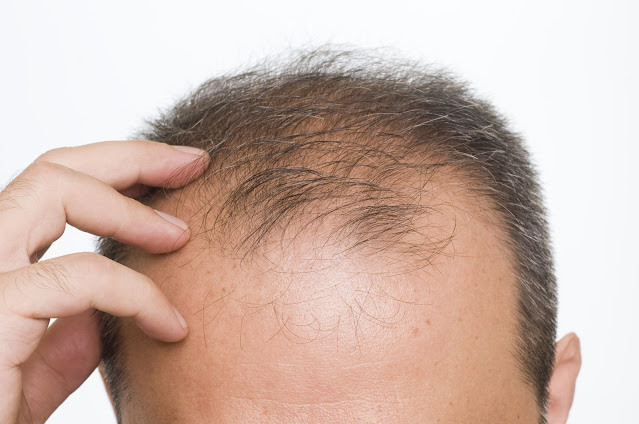According to the best hair transplant surgeon in Kolkata, there are 2 sorts of hair transplantation – Follicular Unit Transplantation (FUT) and Follicular Unit Extraction (FUE):
1.
Follicular Unit Transplantation (FUT) – This
procedure involves inserting the extracted follicular units within the
recipient’s scalp. This needs precision as the punches for the follicular units
need to be placed right. The punches shouldn't be larger than the units.
2.
Follicular Unit Extraction (FUE) – This hair transplant procedure
involves extracting the cyst units from the donor site. an area of healthy hair
growth is opened, and some follicular units are taken from there. With the help
of special small punches, the units are planted within the bald area.
It takes virtually an hour to get rid of but a hundred follicular
units. With that in mind, let's take a glance at the side effects of hair
transplantation.
Side Effects Of Hair Transplant
Hair Shedding:
Excessive hair shedding may be a common side result of hair
transplantation. Due to vascular disruption and surgical trauma, the donor area
(where the active hair follicles area unit extracted) could experience hair
thinning. Hair shedding is greater in follicular Unit Extraction (FUE) than
follicular Unit Transplant (FUT) because the graft is larger. Moreover, FUE
causes permanent hair shedding, whereas FUT reverses hair shedding when surgery
period.
Bleeding:
Whether you get FUE or FUT, there are bound to be cuts. The doctor
ensures that bleeding is minimal. However, you will also experience bleeding
throughout the post-operative recovery time.
Scarring:
Scarring or sterile folliculitis is common in some those that
undergo hair transplantation. The scars may make the surgery visible.
Inflammation:
Lichen planopilaris (LLP) may be a rare inflammatory hair disorder
and an extreme version of sterile rubor. It will even result in permanent
alopecia and replacement of hair follicles with scar-like fibrous tissue
Infections:
Infections could occur near the positioning of the sutures.
Epidermal cysts may also occur that need occasional drainage. Poor scalp
hygiene will result in localized infections in donor and recipient areas
Pain:
Hair transplantation is an invasive surgery which will cause pain
if the anesthesia isn't administered within the right dose. During
post-operative recovery, you would possibly also feel a stretching sensation.
Swelling:
Swelling or dropsy is common in individuals undergoing hair
transplantation. You will expertise swelling around the eyes and forehead. It
is often severe generally and the build of attention seems darker.
Itching:
The formation of scabs at the site of the transplantation will
cause itching. However, the itching of the scalp can stop during the initial
days of the surgery.
Other Hair
Growth Treatment choices
PRP
Treatment: Platelet-Rich Plasma treatment may be a regenerative method for
hair loss. It's a part invasive hair growth treatment. Platelets from your
blood are separated and injected at the hairless site to help stimulate the
follicles and result in hair growth.
Laser light
Treatment: optical device light treatment or Low-Level laser therapy (LLLT) is
an FDA-approved treatment for male and female pattern hair loss (androgenic
alopecia). It’s non-invasive and painless. Click here for the benefits,
limitations, and prices of this procedure.
Hair
Transplant price:
Hair transplant cost in Kolkata may
vary from a little 1.2L and above. It also comes with varied side effects and
needs 3-4 weeks of recovery time. On the other hand, PRP treatment costs around
1.5L to 3L and it's almost no side effects. Laser treatment prices 1.2L to 4L
betting on whether or not you utilize at-home equipment or visit a clinic.
Final
Thoughts:
Hair transplantation is effective; however it comes with a number
of side effects that you simply should remember of. Consult the best hair
transplant surgeon in India to know if you're a perfect
candidate for hair transplantation. If not, choose other hair growth treatment
choices that have minimal side effects and cost less.
Remember, no treatment can work if you do not treat the hair loss
from inside. Hormonal imbalance, stress, and nutrient deficiency can cause hair
loss. Eat healthy foods and change your lifestyle if you want any of those
treatments to work in the future.















